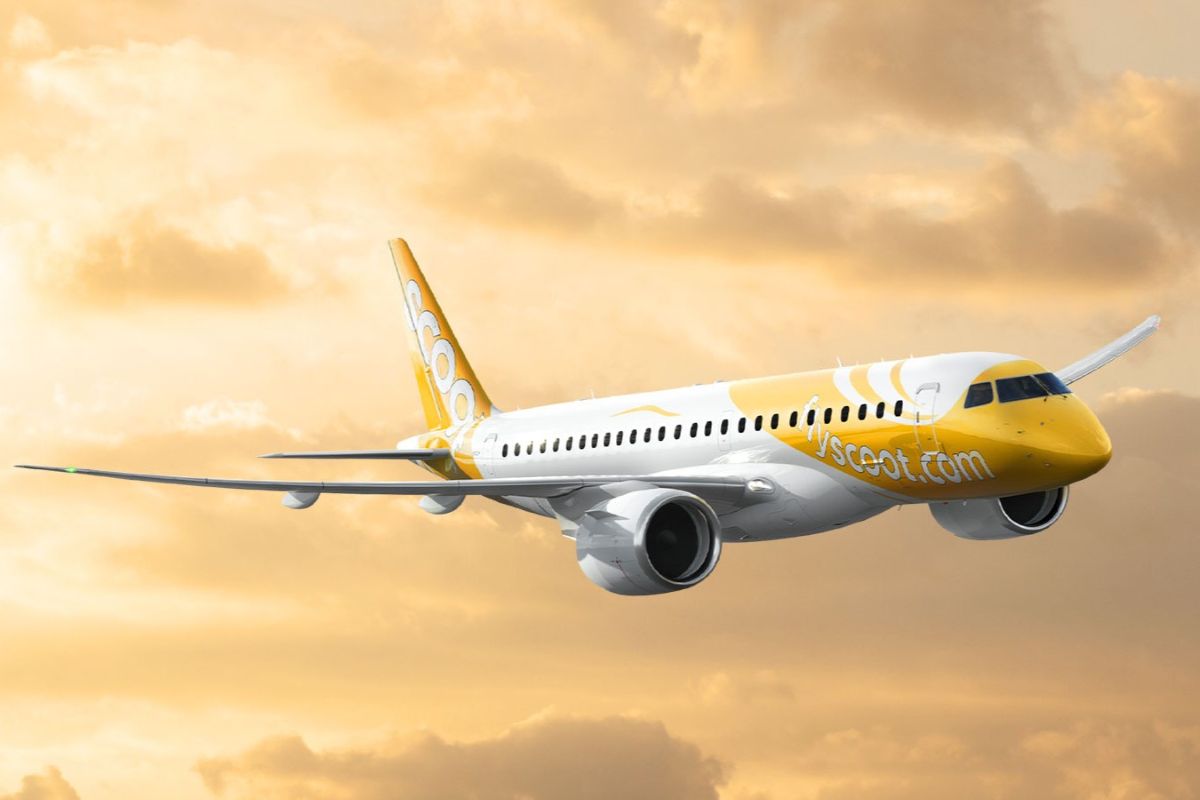Business Travel Mobility Becomes Focus for Lyft
Skift Take
As ridesharing has become an indispensable mode of transportation for business travelers, providers have been tasked with making the experience more seamless for travelers. And it hasn't always worked.
With rideshare giants turning to scooters, bikes, and other ways to get around, choice will increase for business travelers. Lyft, in particular, is currently in the midst of developing its Motivate bikeshare program in addition to developing a variety of partnerships to build user loyalty when they travel.
Skift spoke to Amy Fox, Lyft's head of business development and strategic partnerships, about the company's aspirations in the business travel space and the ways that more robust mobility platforms can make like easier for business travelers.
This interview has been edited for clarity and length.
Skift: I travel a lot for work, although I'm not really a road warrior or anything, and there are so many annoying little points of friction that travelers have to deal with all the time. How can a platform like Lyft make life easier for business travelers?
Amy Fox: These annoying little things become big friction points. When you think about how frequently people are dealing with them, it's basically like twice a day you're having to deal with business travel from a commuter perspective, and it can really make-or-break your happiness, your productivity, your output, all of that actually matters a lot and adds up relatively quickly over time.
I think we've definitely taken strides, like you had mentioned, around enabling people to request rides through their business profile, adding in and partnering with platforms like Concur within our app to allow for easy expensing, to save employees time and money. But then, it goes beyond that. I would consider those things now table stakes, and those are to be expected of corporate travel, corporate employees, business employees.
Where we're really focused on, from the mindset of business travelers, is that business travelers are far more tech-savvy and well informed about their travel options and expectations than before. And because of this, we've focused on launching a variety of different travel partnerships and rewards programs that provide frequent travelers with a more seamless and pleasant experience.
For example, a traveler can now earn personal credit for their Lyft business rides. They're essentially getting a personal reward by taking business actions or business-focused actions. We can ensure better and faster security experiences through partnerships with Clear. Business travelers and employees will gain benefits from these long, steady partnerships.
Skift: Speaking of partnerships, there's a lot going on in the mobility space with scooters, bikes, and other non-car forms of transportation. How does Lyft look at bringing these solutions to your platform?
Fox: That computes for us in a few ways, but at a high level I think we are really focused on partnering with businesses across cities everywhere. I say this because it goes back to this idea of connecting cities when you mention things like scooters and bikes and all of that. And so our base objective, whether it's direct through business and corporate partnership arrangements, whether it's focusing on venues or other, broader transit authorities, travel companies, non-profits, regulatory bodies, we're really thinking about the bottom line of how do we improve the connectedness of cities, whether it's the home city of that business traveler or it's a destination city that they're going to for meeting.
We're definitely very excited about our introduction of Lyft scooters... The whole idea there is really us wanting to leverage all of the different transportation options that we own alongside various other transit integrations with public facets so that we can continue to enable this variety of options available for these users to get around the city.
Ultimately we believe it certainly saves them time because they have more options. It reduces the friction and stress because they have more options available to them. Ultimately, it's saving them time and money through the process because they have a variety of easily accessible available options to them.
Skift: There are now a thousand apps that business travelers use. How does Lyft look at its role in the overall corporate travel ecosystem?
Fox: Business travelers are much savvier than they used to be, and I think they're more educated because they have this information readily available at their fingertips. They're much more tech-savvy in the sense that they are anticipating these brands, these companies, and technologies meeting them where they need to be at that point in time.
One of things that, frankly, is doing these users a disservice is the fact that because there are now a bunch of these scooter companies that some of the other transit companies rolling out a bunch of their own solutions, nothing is largely connected from their perspective. We're now forcing the onus on the users themselves to open five different apps to get from point A to point B, and we can fix that.
Because we are a platform that has a variety of different options that are reliable, let's make sure we're allowing users that one-stop shop as a way to make sure it's through one app, through one click, they can essentially get anything they need when they need it.
Skift: As you think about the future, what kinds of initiatives are you working on to bring more value to business travelers that use the Lyft platform?
Fox: There's actually a lot of really interesting, innovative stuff that we're thinking about. We talk about reducing friction points for people generally and certainly for business travelers.
To use an example, we launched a mobile integration with Southwest Airlines. Southwest, of course, knows all of their passengers and when they're flying so as a passenger travels we focus contextually relevant Lyft buttons within the app itself to help users quickly both confirm their flight time, confirm there aren't delays, request a ride from the Southwest App, and then allow them to get to the airport on time to catch their flight. So, basically again through one-stop-shop concept, really focusing on taking the burden off of the travelers and then leveraging things like marketing, technology, and data that we as an organization have to better enable and support these travelers as they're moving around and when they most need it.
That's just one example. Another I can provide that is really heavily focused on travel is, we know that, generally speaking, business travelers need to move around to get from the airport to their hotel, and the way we think about it is, why not leverage marketing data and technology to add value to these user's trip and reward them by taking Lyft as opposed to knowing that they can take another platform? So, thinking about adding value.
What we did as a way to create value for the traveler is partner with Delta. Users can essentially connect their Lyft and their SkyMiles accounts and then earn points on every single Lyft ride they take. This is a great example of ways in which we can really smartly say, 'hey, if you're grabbing a ride for business or for leisure or, frankly for bleisure which now kind of blends the two, you can ensure that you're getting that seamless experience and getting value through other travel brands that we know' to our user base.
Skift: Ridesharing in the airport context can be confusing for business travelers. Sometimes you can't find a pickup location, or it's hidden in a parking garage somewhere. How does Lyft engage with airports to try to improve this experience?
Fox: Airports are definitely a big point of friction. There are things we can control and there are things that are a bit more challenging for us to single-handedly influence. With that said, because travel is such a core focus for our users, we do have a team entirely dedicated to airports. They're really focused on the operational excellence around that experience. There are a few components that they're always working on.
One, first and foremost, is making sure that we have proper operating agreements in each city with airports to ensure that we establish a good working relationship with the city and with the airport itself. Now that we've really conquered that then it layers in how we think about wait time and signage. There are certain restrictions that we have to comply with as far as airports themselves.
We're always continuing to have those conversations and actually propose new frameworks that would enable our travelers, and frankly the airports' travelers, to co-own and co-create that experience, so that we can make sure that the wait sign is very clearly marked, very easy, and you have a very clear pathway of where to find your ride, and then the second thing is working with the port authorities or the airport, whoever owns them, as far as where that actual pickup and drop-off placement is.
There's a lot more complexity that goes into it around safety operations, as far as how they think about how that plays in with shuttles and buses and cabs and all of that, because it's a much broader ecosystem. It's great in that because we have that focus we do have a team of people and it's our job and our responsibility for our business travelers and users that we continue to focus on being the best business partner we can to these airports so that we can better co-create based on the feedback we receive. It's a work in progress but we really are making some really good strides over time.




